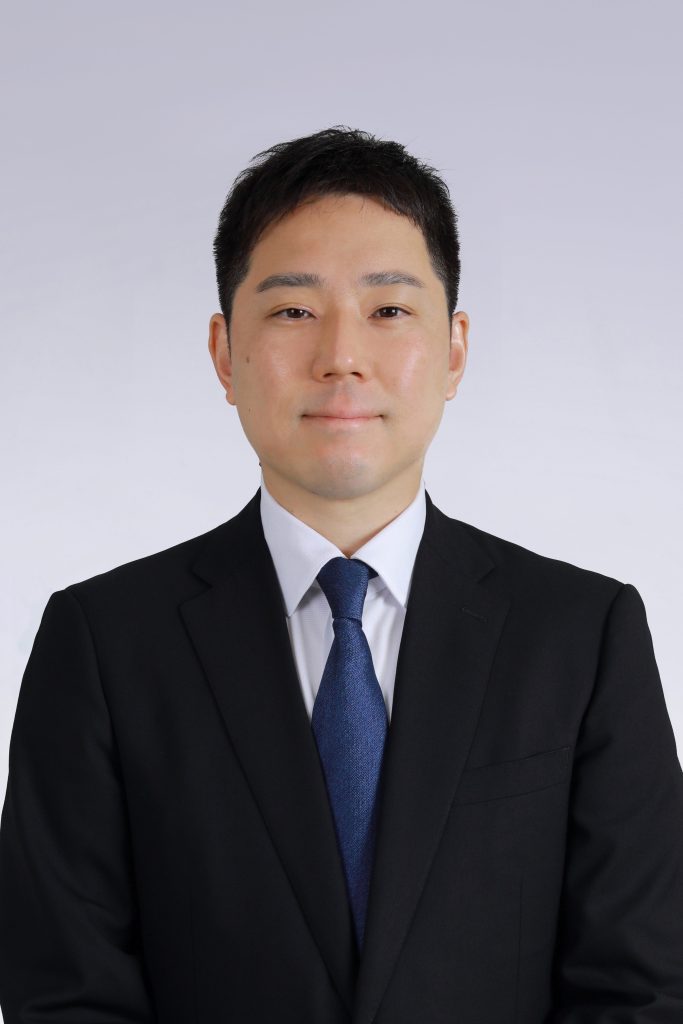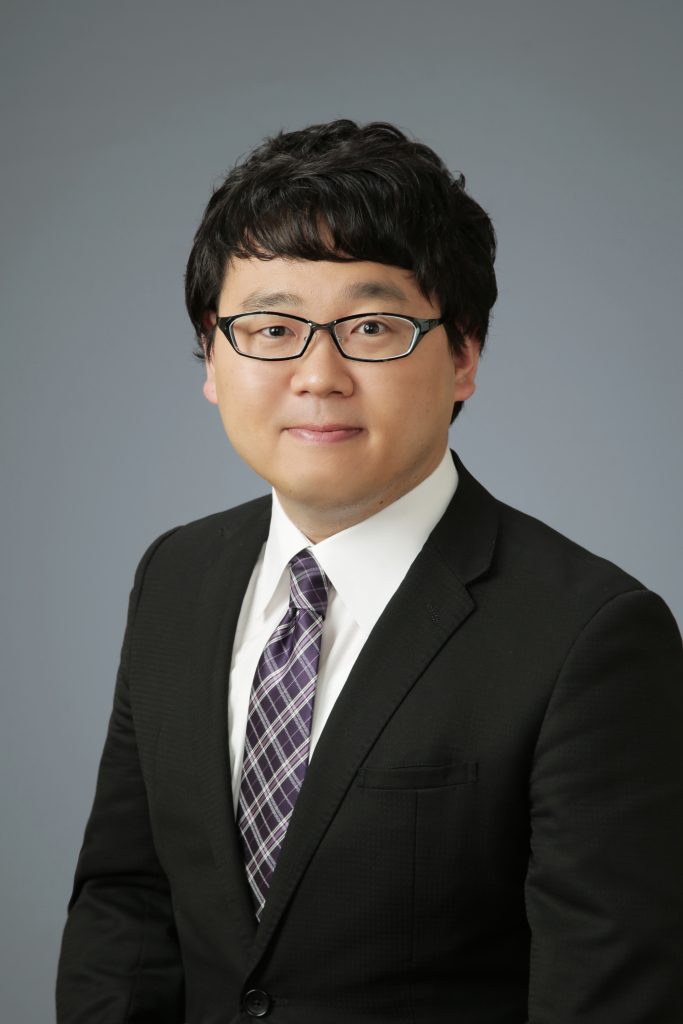はじめに
日本の医療提供体制は、医師等の医療従事者の過重な労働により支えられている現状がある。このため、医師等の医療従事者の労働時間短縮が喫緊の課題となっている。
2024年4月から、医師の働き方改革における新制度がスタートし、一般労働者と同じく医師の時間外・休日労働時間の上限が年間960時間以下を目指すことが取り決められた。
現在、こうした医師の働き方改革を実施するために、労務管理手法の見直しや、業務の見直し・削減、タスクシフトに取り組み始めている医療機関は多いが、その実施状況や具体的な効果の獲得については病院によって様々と言った状況である。
そこで今回、医師の働き方改革が唱えられ始める前から医師の働き方改革に取り組み、効果を上げている東京都葛飾区の医療法人直和会 平成立石病院 理事長の大澤秀一先生にインタビューを行い、医師の働き方改革が必要とされる背景や、当院での医師の働き方改革の取り組み内容・効果、今まさに医師の働き方改革に取り組んでいる医療機関に向けたアドバイスを伺った。 今後4回に分けてその内容を連載する。
医療法人社団直和会 平成立石病院 理事長 大澤 秀一先生 略歴
1991年日本医科大学を卒業、日本医科大学附属病院泌尿器科に入局。その後、2002年の当院開院と同時に入職。泌尿器科部長、副院長、院長を経て現職。

(4)平成立石病院における、今後の医師の働き方改革への取組み
Q. 今後、平成立石病院ではさらにどのような働き方改革への施策をお考えでしょうか。
医師事務作業補助者、救命救急士、看護師の方は、医師業務のタスクシフトを筆頭に病院内の様々な業務を効率的に行ってくれています。一方で、まだまだ医師の業務をシフト出来る、自身の業務の効率化への余地がある職種もあります。例えば臨床工学士や放射線技師などがそうです。現状も十分頑張ってくれていますが、さらに広範な業務を担ってほしいとも思っています。自分たちで病院全体の視点から、出来る業務を見つけてほしいですし、既存の業務の効率化も検討してほしいとも思っています。やれることはどんどんやっていこうと、常に彼らと話をしていますね。
また、医師の業務そのものへの更なる見直しも検討しています。例えば医師による患者家族への説明などがそうです。従来は、患者家族が日曜にしか病院に訪問できないと言えば、患者都合に合わせて日曜に出勤する医師もいたのですが、そのような対応は減らすようにしています。コロナによって患者家族の来院に制限が生じたことを契機として、患者家族への説明を電話で行う機会が増えました。現在コロナは少し落ち着いていますが、医師の負担軽減として、患者説明については電話で行っても良いスタンスを継続しています。
また、主治医制についても見直しを図っています。1人の患者に1人の主治医が付くのではなく、チームとして対応にあたるようにしています。勿論、各患者において診療の核となる医師はいるのですが、例えば夜中に患者に急変があった場合には、他の医師でも対応できるようにしています。医師の責任やプレッシャーなどを軽減していければと思っています。
医者の勤務時間についても改善を促していく予定です。例えば当直に関して言えば、月に数回は当直を行う機会があります。しかし、当直が続いて連続勤務にならないようにルールを作っていかねばなりません。例えば一定の勤務時間を超過すると、半ば強制的に自宅に帰るようにするという院内ルールとして作っていく必要があると感じています。
最近では、医師の自己研鑽と業務の線引きについても議論が行われていますよね。これも非常に難しい問題と言えます。ただ大事なのは、就業規則にちゃんと自己研鑽と業務の線引きを明記することなのではないかと思います。例えば、「○○に関する活動は自己研鑽とし、それ以外の活動は業務である」というような規定の明確化です。
ただし、あまり細かくすると今度は運用が難しいため、もう少し単純化して、電子カルテを開いている間は業務とみなし、電子カルテが閉じられている場合の活動は自己研鑽とするというようなルールを、医局会のみんなで相談しながら決めていくのがいいのではないかと思っています。
(5)医師の働き方改革に取り組まれている医療機関へのアドバイス
Q. 有難うございます。最後に、他の医療機関の方に向けたアドバイスがあればお聞かせください。
働き方改革の実行の難しさの1つに病院の規模という側面があります。当院は比較的中規模の病院であったからこそ、医師内での意思疎通が図ることが出来やすく、他職種との信頼の構築も図りやすかったことは間違いありません。規模が大きい医療機関の場合、やはり働き方改革を行うのは小・中規模の病院に比べハードルは上がるでしょう。
大きな病院になると当然、医師の数も多いということです。医者の数だけ考え方も色々あるため、働き方改革そのものへの考え方も人によって異なります。1人1人の意見に耳を傾けて、納得させていくやり方では時間が掛かり、改革が頓挫してしまうこともあるでしょう。
また、例えば医者が1,000人もいるような病院である場合、医師事務作業補助者にタスクシフトをするとしても、その場合では作業補助者は何人雇えばよいのでしょうか。医師1人1人の作業負荷が見えにくいことから、具体的な効果も予測しにくく、仮に100人の医師事務作業補助者を雇ったとしても、1,000人の医師の仕事に対して100人しかいないのであれば、任せられる仕事も限定的にならざるを得ません。逆に、医師事務作業者を100人以上雇用しようとしても、今度は人件費の観点から経営効率性が悪化する懸念も出てきます。
また、他職種との信用の構築の観点でも、大規模病院ならではの難しさがあります。
医師は当然のことながら、看護師やその他の部署の規模も大きいということです。医師が個人的につながりのある看護師などとは信頼関係は築けるのでしょうが、部署全体として、業務の一部をシフトするとなると、医師の中からは不安からタスクシフトに異を唱える方が出てくるでしょうし、シフトされる側からしても、なぜ業務を請け負う必要があるのかという不満が募り、結局信頼関係が構築されず、満足のいくタスクシフトや引いては働き方改革に繋がらない事態に陥りがちです。
このように、大規模病院はその規模故に、働き方改革の実行が難しい側面を持っています。そのような中でも働き方改革を行っていくには、やはりトップダウンで実施していくほかはありません。トップが号令をかけて、働き方改革を行う理由と実際の方針を示さないといけないのです。トップ自らが職員に対し、病院経営の効率化や、各職員の労働環境の是正の必要性を唱え、よりよい病院を作り上げていくことを丁寧に説明していくことで、医師を始め各職員から、お互いに自分たちの職場を良くして行くという志しや思いやりが芽生えてくると思います。
働き方改革に近道はありません。地道に病院の中で共通認識を作り上げていくことが必要でしょう。
ちなみに、もしも私が大規模病院のトップとして働き方改革を実行するとしたら、自分の仲間を増やすところから始めます。先ほども申し上げた通り、1,000人の医師がいる場合、1,000人全員に自分の考えを伝え、納得をしてもらうことは難しいわけです。そのため、仲間を作って、その仲間から自分のメッセージを伝えてもらいます。具体的には、診療部長など実務のトップを担う医師に対して私の考えに同調してもらい、私の仲間としてその下の階層メッセージを伝えてもらいますね。
組織が大きくなればなるほど、メッセージはマメに伝えていくことも必要です。根気強く伝えていくこと、そして働き方改革を行う土壌が形成されたときには、実務を担う診療部長たちと共にトップダウンで改革を推進していきます。部署の中で、引いては病院全体の信頼関係の構築度合いはつぶさに確認しながら、良い病院づくりのために奔走していくと思います。ご参考になれば幸いです。
(完)
文責:山下耕平 / 髙橋寛宜

山下 耕平(株式会社CDIメディカル Consultant)
早稲田大学人間科学部卒、同大学大学院人間科学研究科修士課程修了。
医療機器メーカー、医療機関向けコンサルティング企業、医療系ベンチャー企業を経て、現在に至る。

高橋 寛宜(株式会社CDIメディカル Consultant)
慶應義塾大学商学部卒、同大学大学院経営管理研究科修了(MBA)
医療重電機器メーカー、株式会社コーポレイト ディレクションを経て、現在に至る